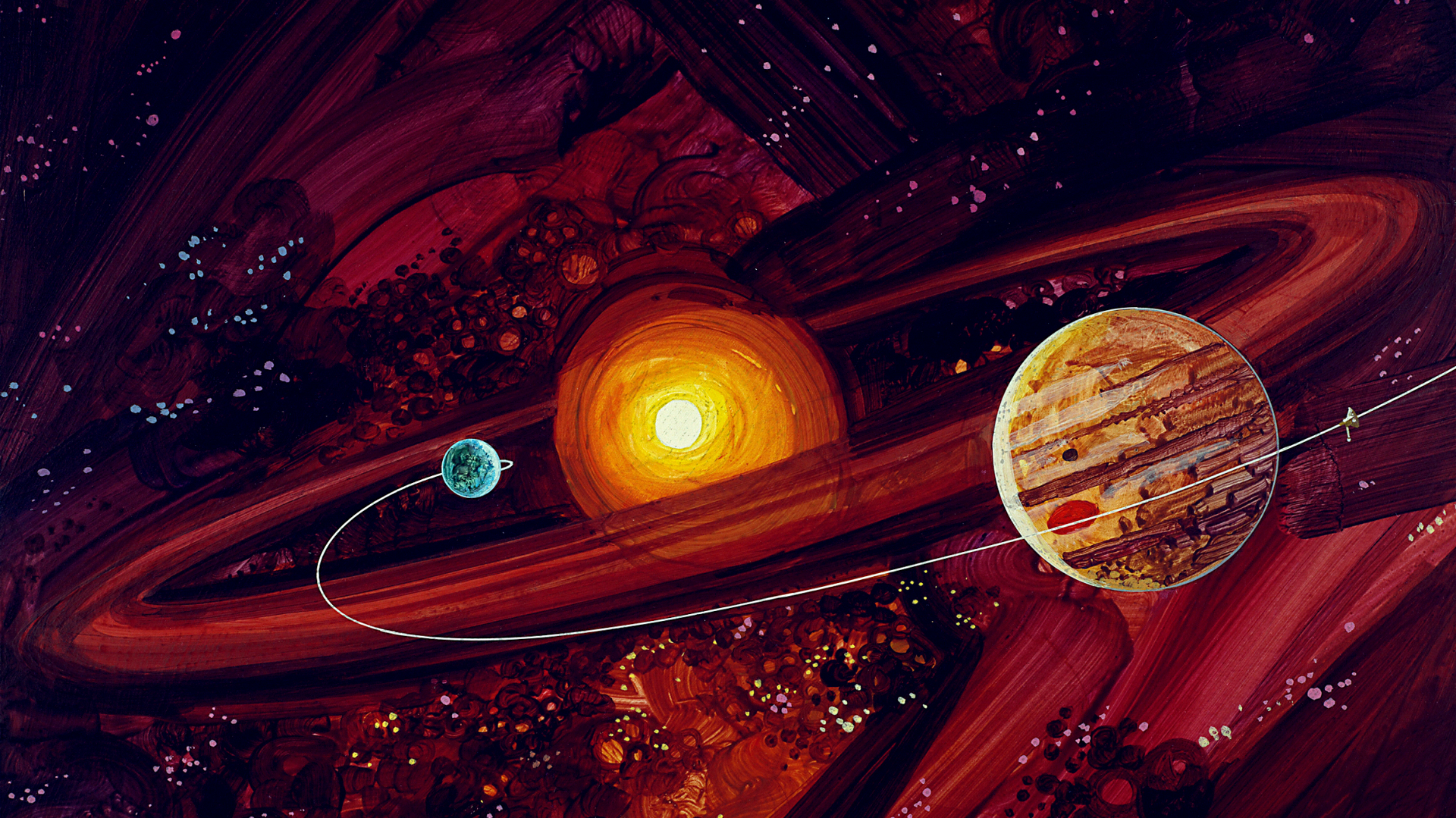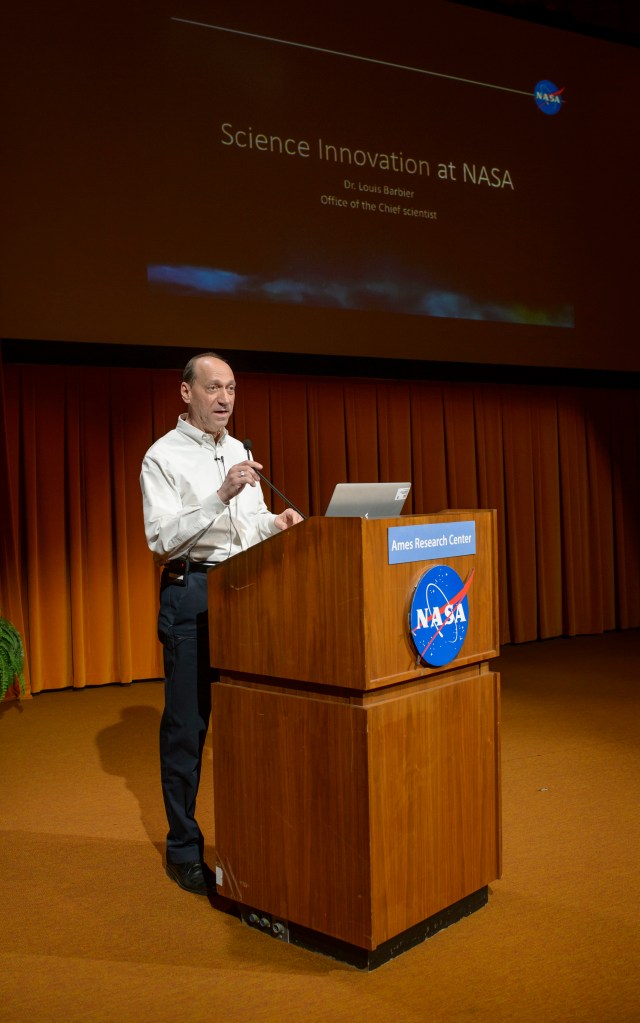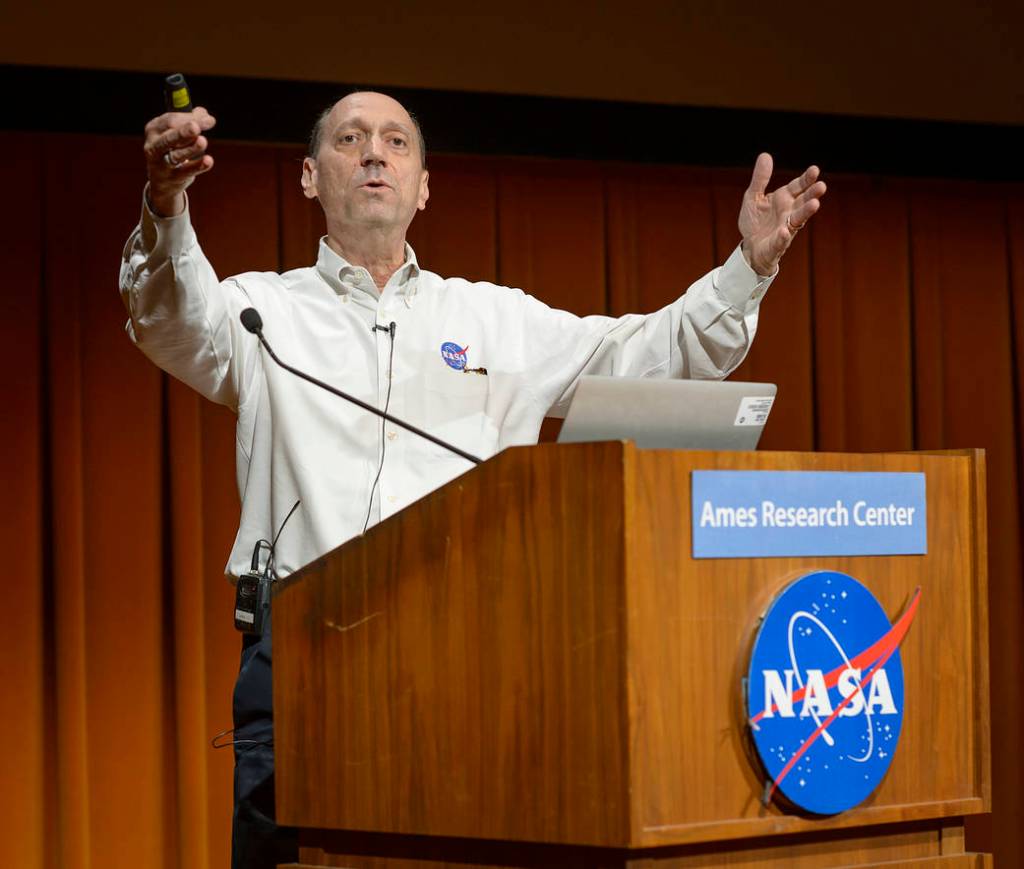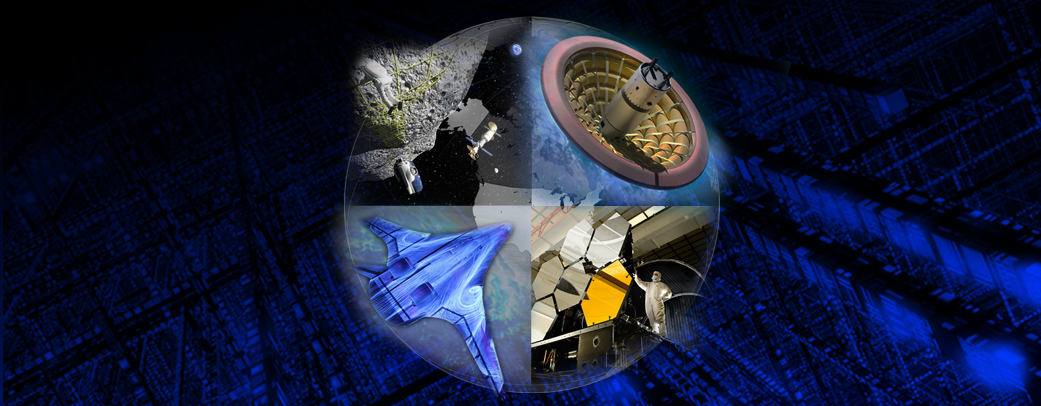Dr. Louis Barbier: Innovation and Discovery, the Science Innovation Fund
Innovation is key to achieving NASA goals. The NASA Office of the Chief Scientist (OCS) represents all of the Agency’s scientific endeavors, ensuring they are aligned with NASA’s science goals. Dr. Barbier, the NASA Associate Chief Scientist discussed the Science Innovation Fund, the new Agency’s model for internal scientist, and research integrity.
Abstract:
Can we predict where discoveries will be made? Is Big Data the answer? Does the interconnectivity of the world today make it harder (or easier) for new ideas to gain traction? To promote the development of new concepts that are critical to advancing NASA goals, the NASA Office of the Chief Scientist funds an annual Science Innovation Fund (SIF) call for proposals and supports better methods to fund NASA scientists. The SIF provides NASA Centers with funding to invest in strategic seed projects that will enhance scientific innovation; the ability to meet future missions; forge new collaborations; and provide early career scientists a mechanism to propose, compete, and conduct innovative research not mature enough for traditional solicitations. An overview of the SIF process will be presented along with examples of successful proposals. In addition, an overview of the new Agency model for internal scientist funding and the new policy for research integrity will be discussed.
Biography:
Dr. Louis Barbier is the NASA Associate Chief Scientist. He serves as an advisor to the Chief Scientist on a variety of issues that affect the scope of the Agency, science management, technical investments, and collaboration opportunities with the scientific workforce. Dr. Barbier also represents the NASA Chief Scientists on the Technical Capabilities Assessment Team (TCAT), serves as the interface to the Space Technology Mission Directorate (STMD) and the Office of the Chief Technologist (OCT) for coordinating technology investments supporting science programs. As part of his duties to promote innovation in the Agency, he manages the Science Innovation Fund. From 2005 – 2007 Dr. Barbier served as the Deputy Chief Scientist for the NASA Engineering and Safety Center (NESC). Prior to 2007, he was a staff scientist in the Astroparticle Physics Laboratory at the Goddard Spaceflight Center, focusing on a variety of topics in astrophysics and heliophysics, including in x-ray, gamma-ray and particle astrophysics, measurements of solar energetic particles, antimatter, radioactive nuclei, and the mystery of gamma-ray bursts. Dr. Barbier helped define and implement NASA’s Swift Explorer Mission in 2004, which later won the prestigious Rossi Prize in Astrophysics in 2007. In 1994, he was the instrument scientist for the EPACT experiment on the WIND spacecraft. Dr. Barbier also served as the Deputy Program Scientist for the NASA Suborbital Balloon program from 1998 – 2007. He Received a PhD in astrophysics/particle physics from Louisiana State University in 1987.































